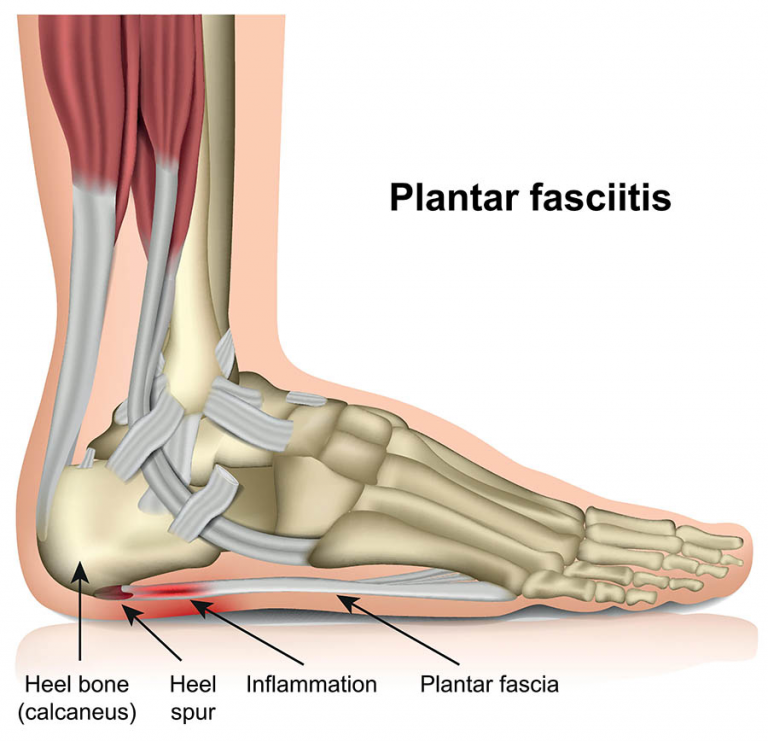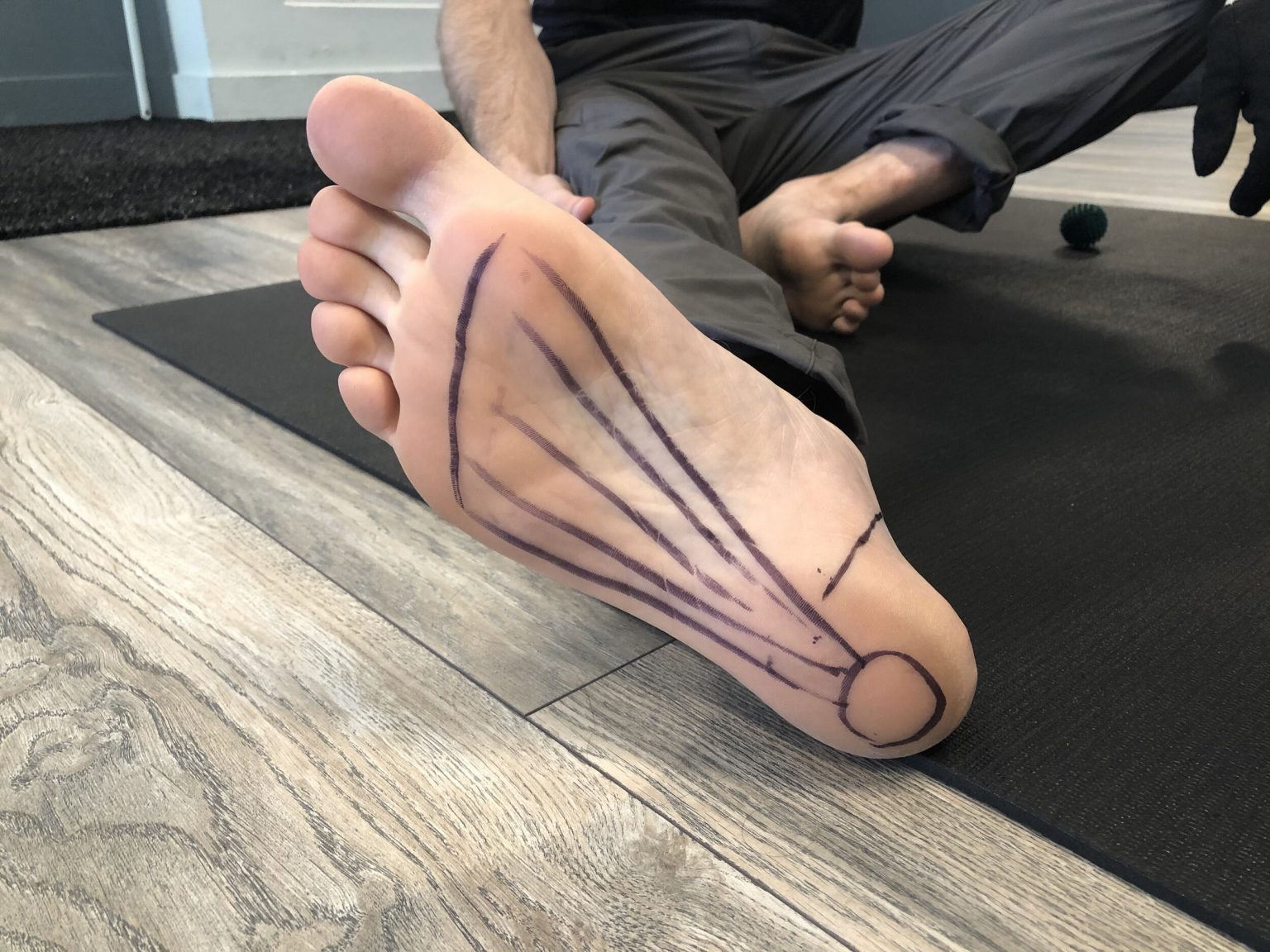
Causes Of Plantar Fasciitis
A wide range of factors can cause plantar Fasciitis. However, before we dive into that, it would be necessary to understand the plantar fascia features.
Plantar fasciitis is an aggravation of the fibrous tissue called the plantar fascia that links your heel bone to your toes on the bottom of your foot. Plantar fasciitis is a condition that causes severe heel discomfort.
The plantar fascia is a band that imitates the shape of a bowstring in that it supports the arch of the foot so that it absorbs all the shock produced by the impact when walking or standing. This provides enough support to the leg, enabling you to move freely.
However, sometimes the tension or stress being forced on this bowstring-like band becomes overwhelming. In such a situation, the pressure becomes too much, thus causing damage to the band. The damage starts in the form of minor tears that gradually develop to become a stretched tear. After the impact has hit the band repeatedly, an irritation will form and start causing the pain.
However, plantar Fasciitis is also known to occur even when the band hasn’t been subjected to much impact. In such cases, there are a few known risk factors associated with such kinds of situations. Some of them include
- Age. Plantar Fasciitis is more common in people aged between 4—60.
- Foot mechanics. Some foot features might contribute towards the disease development. This includes flat feet, unusual walking patterns, and high arched feet. Such factors contribute towards the abnormal distribution of weight to the foot when in an upright position.
- Shoes. Some shoes do not have enough support to maintain a stable foot position when you are wearing them.
- Being overweight has also been associated with plantar Fasciitis. This is because the extra weight will be putting additional weight and stress on the plantar fascia.
- The types of exercises you engage in – exercises that tend to add more stress to the plantar fascia. Exercises that can contribute to you getting the disease include long-distance running, aerobic dances, ballet dancing, etc.
Your daily job. People who spend most of their time on their feet during the day, such as teachers and shop attendants.

